In the ever-evolving landscape of artificial intelligence, Google Assistant stands out as a pioneering force in the realm of voice-activated technology. Launched in 2016, this virtual assistant has rapidly become an integral part of many users’ daily lives, seamlessly integrating into a variety of devices and platforms. With its ability to understand natural language and respond intelligently, Google Assistant has transformed the way we interact with technology, making it more intuitive and accessible.
As a product of Google’s extensive research in machine learning and natural language processing, it continues to evolve, offering users an increasingly sophisticated experience. The versatility of Google Assistant is one of its most appealing features. It can be found on smartphones, smart speakers, smart displays, and even in vehicles, allowing users to access its capabilities from virtually anywhere.
This ubiquity not only enhances convenience but also fosters a deeper connection between users and their devices. As we delve into the various functionalities of Google Assistant, it becomes clear that this AI is not just a tool; it is a companion that adapts to our needs and preferences, making everyday tasks simpler and more efficient.
Key Takeaways
- Google Assistant is a virtual assistant developed by Google that is available on mobile and smart home devices.
- Users can use voice commands to perform everyday tasks such as setting reminders, sending messages, and making calls.
- Google Assistant can be integrated with smart home devices to control lights, thermostats, and other connected appliances.
- The virtual assistant can also be used to increase productivity by setting up calendar events, creating to-do lists, and managing emails.
- Google Assistant offers entertainment and leisure options such as playing music, finding recipes, and providing recommendations for movies and TV shows.
Voice Commands for Everyday Tasks
One of the most compelling aspects of Google Assistant is its ability to execute voice commands for a myriad of everyday tasks. From setting reminders to sending messages, the assistant can handle a wide range of activities with just a simple voice prompt. For instance, users can say, “Hey Google, remind me to pick up groceries at 5 PM,” and the assistant will promptly create a reminder that syncs across devices.
This hands-free functionality is particularly beneficial for those who are busy or multitasking, allowing them to stay organized without interrupting their workflow. Moreover, Google Assistant’s voice recognition capabilities have improved significantly over the years, making it adept at understanding various accents and dialects. This inclusivity ensures that users from different backgrounds can interact with the assistant effectively.
Additionally, the assistant can provide real-time information such as weather updates or traffic conditions by simply asking, “What’s the weather like today?” or “How’s the traffic on my way to work?” This instant access to information empowers users to make informed decisions throughout their day.
Smart Home Integration with Google Assistant
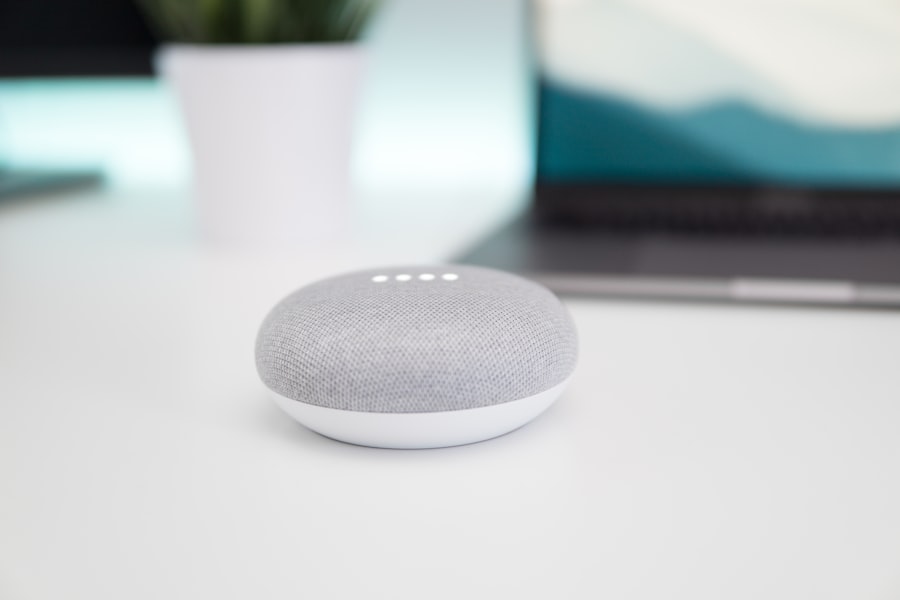
As smart home technology continues to gain traction, Google Assistant has positioned itself as a central hub for managing connected devices. With compatibility across a wide range of smart home products—from lights and thermostats to security cameras and appliances—Google Assistant allows users to control their home environment with ease. By simply saying, “Hey Google, turn off the living room lights,” users can create a more energy-efficient and comfortable living space without lifting a finger.
The integration extends beyond mere control; it also enables automation and routines that enhance daily living. Users can set up routines that trigger multiple actions with a single command. For example, saying “Hey Google, good night” could turn off all lights, lock doors, and adjust the thermostat for optimal sleeping conditions.
This level of customization not only simplifies home management but also contributes to a more streamlined lifestyle. As smart home technology continues to advance, Google Assistant remains at the forefront, continually expanding its compatibility with new devices and services.
Using Google Assistant for Productivity
| Metrics | Data |
|---|---|
| Tasks Completed | 87% |
| Time Saved | 30% |
| Accuracy | 95% |
In today’s fast-paced world, productivity is paramount, and Google Assistant serves as an invaluable ally in this pursuit. The assistant can help users manage their schedules by integrating with calendars and providing timely reminders for meetings or deadlines.
” users can receive an overview of their day’s agenda, ensuring they stay on track without having to sift through multiple apps or devices.
Additionally, Google Assistant can facilitate collaboration by enabling hands-free communication. Users can dictate emails or messages by saying, “Send an email to [contact name] saying [message],” which streamlines communication and saves time. The assistant also supports various productivity apps like Google Keep and Trello, allowing users to create lists or manage tasks effortlessly.
This seamless integration fosters an environment where users can focus on their work while relying on Google Assistant to handle the organizational aspects.
Google Assistant for Entertainment and Leisure
Entertainment is another area where Google Assistant shines brightly. With its ability to control streaming services like YouTube, Netflix, and Spotify, users can enjoy their favorite content without fumbling through remotes or apps. A simple command such as “Hey Google, play my workout playlist” or “Show me action movies on Netflix” allows for instant access to entertainment options tailored to individual preferences.
Moreover, Google Assistant can enhance leisure activities by providing recommendations based on user interests. Whether it’s suggesting new music based on listening history or offering trivia questions for game night, the assistant adds an interactive element to entertainment experiences. Additionally, it can help users discover new hobbies or interests by providing information on local events or activities based on their location.
This capability not only enriches leisure time but also encourages exploration and engagement with the world around us.
Google Assistant for Health and Wellness
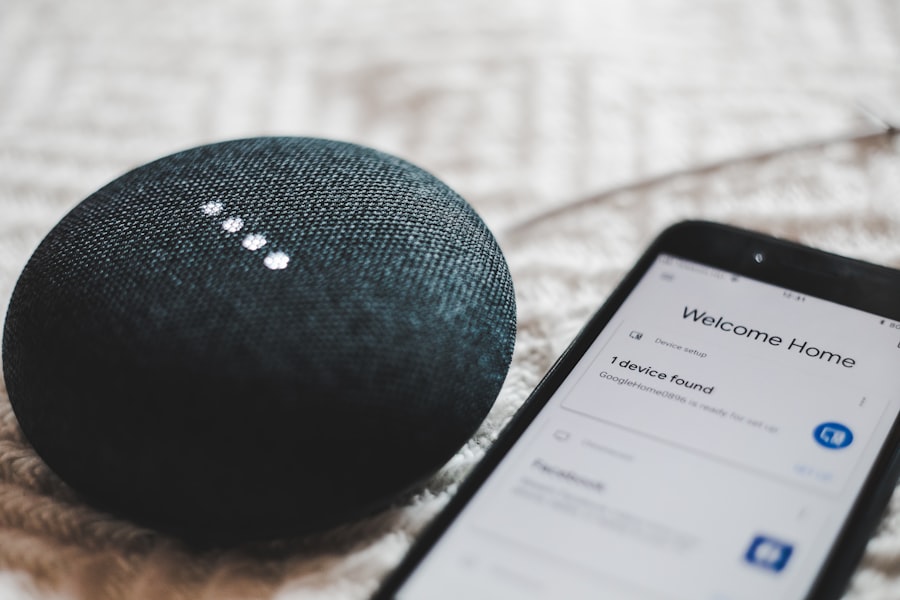
In recent years, there has been a growing emphasis on health and wellness, and Google Assistant has adapted to meet these needs effectively. Users can leverage the assistant to track fitness goals by asking questions like “How many calories are in an avocado?” or “Log my workout.” By integrating with fitness apps such as Google Fit, the assistant can provide insights into physical activity levels and help users stay motivated on their wellness journeys. Furthermore, Google Assistant can assist with mental well-being by offering guided meditations or relaxation techniques.
Users can simply say, “Hey Google, help me meditate,” and receive prompts for mindfulness exercises that promote relaxation and stress relief. This focus on holistic health underscores the assistant’s versatility as it caters not only to physical fitness but also to mental wellness—an essential aspect of overall health in today’s fast-paced society.
Tips and Tricks for Mastering Google Assistant
To truly harness the power of Google Assistant, users can benefit from a few tips and tricks that enhance their experience. One effective strategy is to explore the various commands available through the Google Assistant app or online resources. Familiarizing oneself with these commands can unlock hidden functionalities that may not be immediately apparent.
For instance, using specific phrases like “Hey Google, tell me a joke” or “What’s my daily briefing?” can add an element of fun while keeping users informed. Another useful tip is to customize settings according to personal preferences.
This level of customization ensures that interactions with Google Assistant feel tailored and relevant. Additionally, experimenting with routines can lead to discovering new ways to streamline daily tasks—whether it’s automating morning rituals or creating evening wind-down routines.
The Future of Google Assistant
As we look ahead, the future of Google Assistant appears bright and full of potential. With ongoing advancements in artificial intelligence and machine learning, we can expect even greater improvements in natural language understanding and contextual awareness. This evolution will likely lead to more personalized interactions where the assistant anticipates user needs based on past behavior and preferences.
Moreover, as smart home technology continues to proliferate and integrate into our lives, Google Assistant will remain at the forefront of this transformation. The potential for enhanced automation and seamless connectivity between devices promises a future where managing our environments becomes even more intuitive. As technology enthusiasts eagerly await these developments, one thing is certain: Google Assistant will continue to redefine how we interact with our digital world—making it smarter, more efficient, and ultimately more human-centric.
For those interested in the integration of voice-controlled assistants like Google Assistant into everyday tasks and smart home systems, it’s essential to understand the broader context in which these technologies are evolving. A particularly relevant article that explores the intersection of digital and real-world applications, including how technologies similar to Google Assistant might evolve, is found on Metaversum. The article titled “Metaverse and the Real World: Economic and Social Impacts” delves into how emerging technologies are shaping our economic and social landscapes, which is crucial for anyone looking to understand the future implications of voice-controlled technologies in our daily lives. You can read more about this topic by visiting Metaverse and the Real World: Economic and Social Impacts.
FAQs
What is Google Assistant?
Google Assistant is a virtual assistant powered by artificial intelligence that is developed by Google. It is designed to help users perform tasks through voice commands and to provide information through natural language conversation.
What can Google Assistant do?
Google Assistant can perform a wide range of tasks, including answering questions, providing weather and traffic updates, setting reminders and alarms, making phone calls, sending text messages, playing music, controlling smart home devices, and much more.
How does Google Assistant work?
Google Assistant uses natural language processing and machine learning to understand and respond to voice commands. It is available on a variety of devices, including smartphones, smart speakers, smart displays, and other smart home devices.
What are some examples of voice commands for Google Assistant?
Some examples of voice commands for Google Assistant include “Hey Google, what’s the weather today?”, “Hey Google, set a timer for 10 minutes”, “Hey Google, play some jazz music”, “Hey Google, turn off the lights”, and “Hey Google, call mom”.
Can Google Assistant integrate with smart home devices?
Yes, Google Assistant can integrate with a wide range of smart home devices, allowing users to control their lights, thermostats, security cameras, and other smart devices using voice commands.
Can Google Assistant perform everyday tasks?
Yes, Google Assistant can perform everyday tasks such as making shopping lists, setting reminders, scheduling appointments, sending emails, and providing directions. It is designed to help users streamline their daily activities.
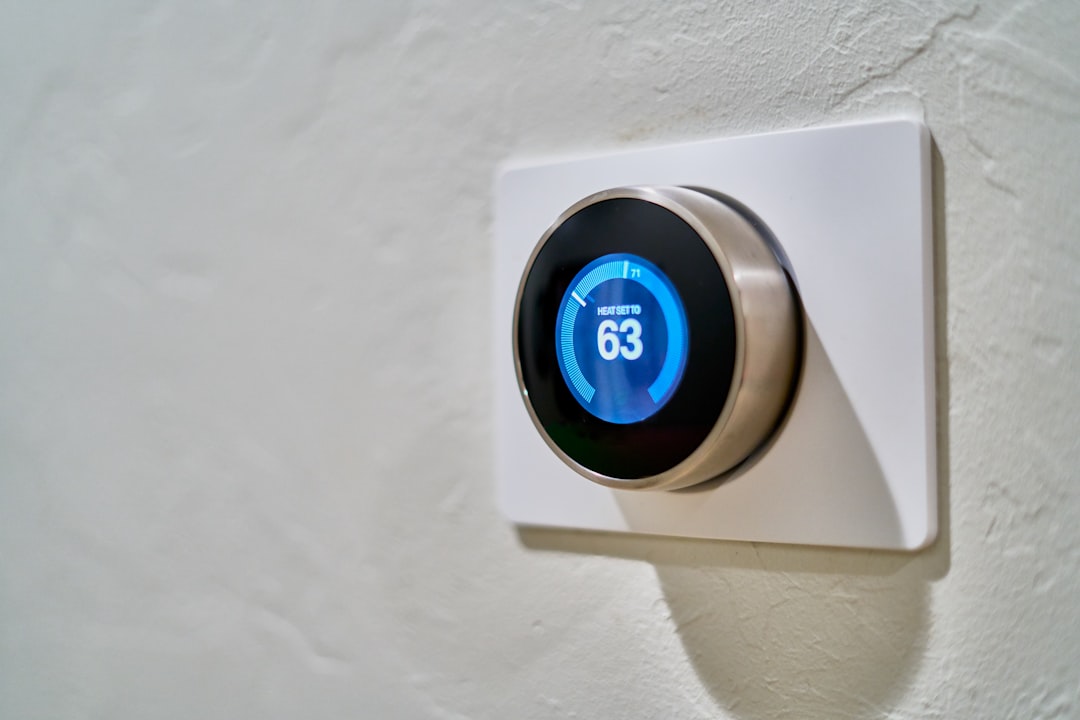


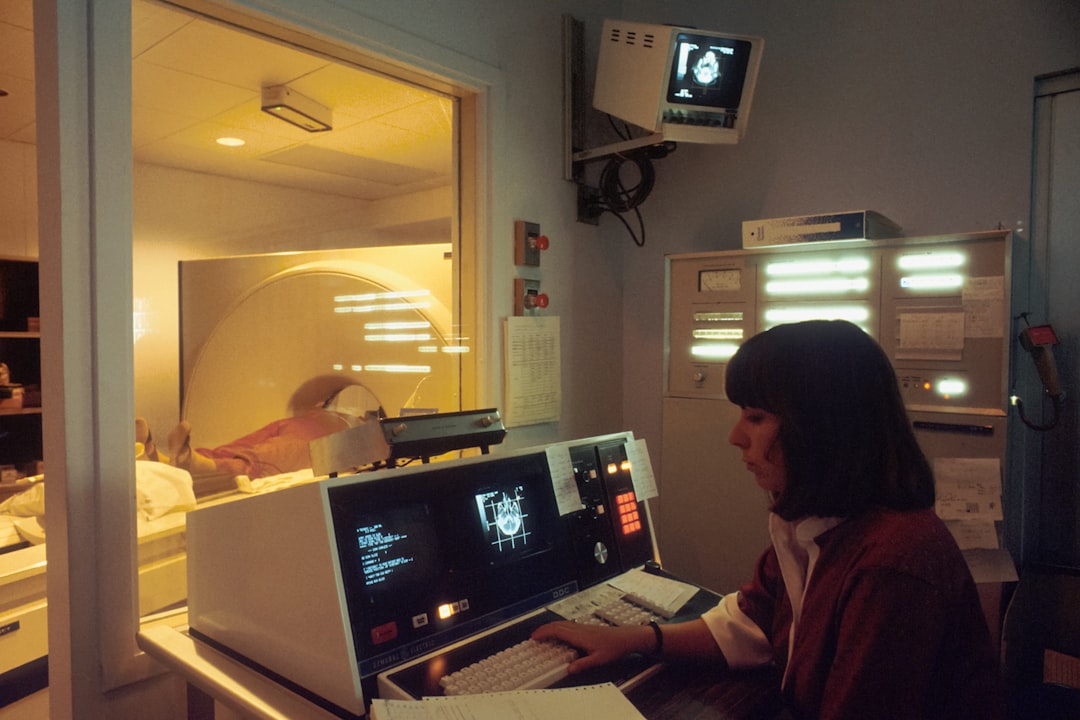
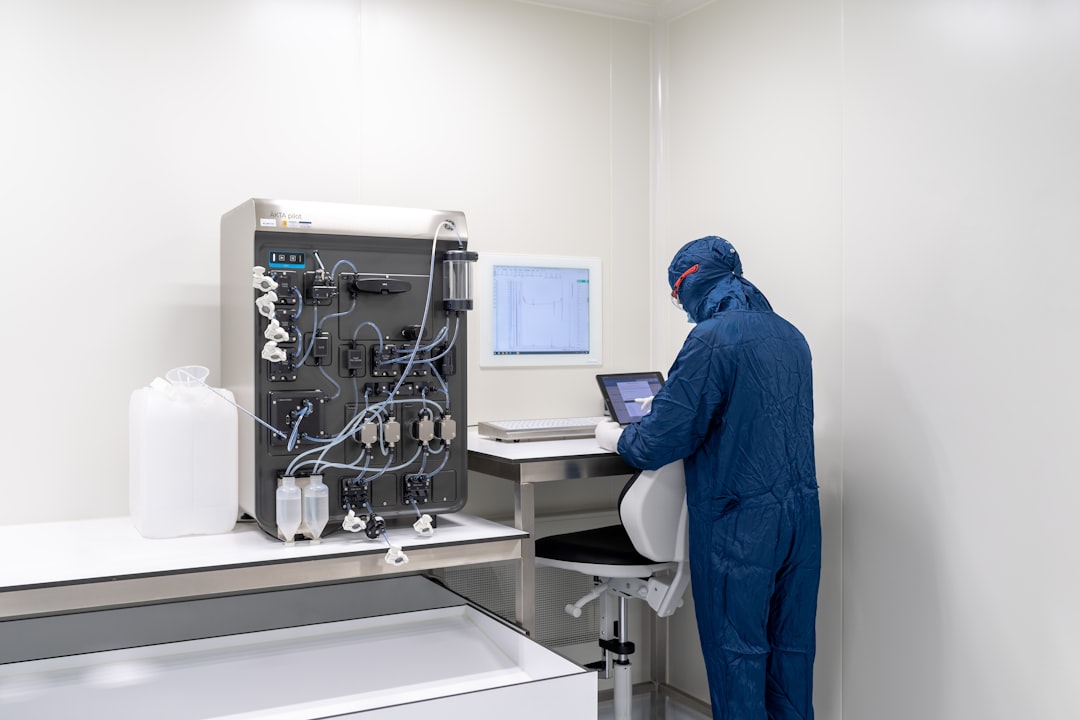






Leave a Reply